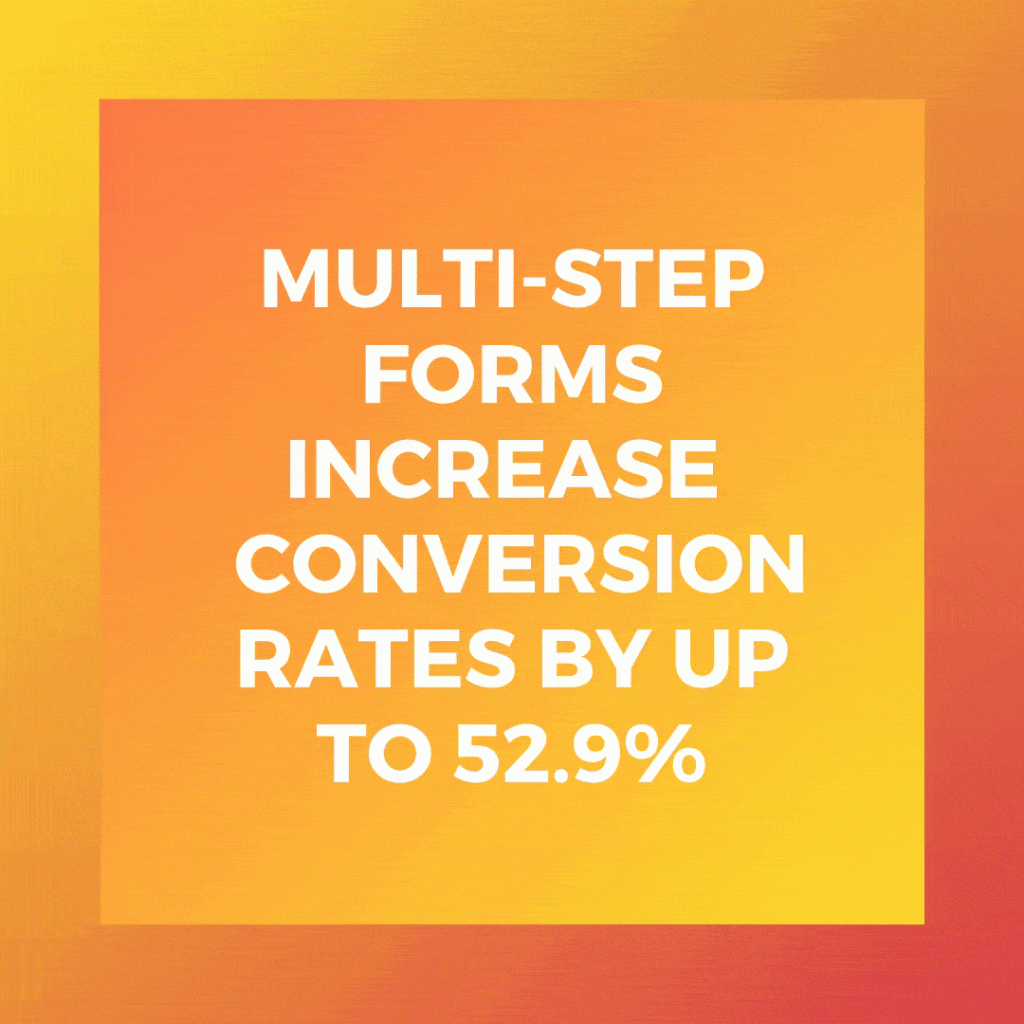29 of the Best Form Builder Tools for 2022

By Neha Saboo
You’ve heard it before – forms are the gold standard when it comes to capturing leads, learning about industry trends, doing market research, and even just getting some customer feedback.
If you’re looking for the best online form builders, we’ve compiled a list of the top 30 currently available. Plus, discover the steps to create an online form.
Before we dive into the best form builder tools for 2022, let’s talk about what a form builder exactly is.
With no shortage of options, the best form builder apps tend to be quite similar and user-friendly. Whether you want to make a contact form, a sign-up form, or a survey, form tools are the easiest way to create web forms, with drag and drop questions, multiple form fields, and different color and structure options.
Once your responses start coming in, most forms will also import each entry into a spreadsheet or centralized database and send you notifications when people complete them.
Regardless of the form builder you choose, there are a few key steps you’ll want to follow when creating a form for the purpose of lead generation:
1. Identify the goals of the form.
Are you aiming to generate sales leads, or are you merely planning to add contacts to your email list?
Once you identify what you’re looking for from your prospects, you’ll be able to determine what information you’ll need to get from them on the form.
2. Pick a form builder tool.
Many online form builders are free or very affordable, but they might not have all the features you need. For example, some might not embed well onto the site you use because of your CMS.
Meanwhile, others might not link up to your email marketing software or CRM. Figure out which tool is the best match for your business needs.
Jump to the section on form builder tools here.
3. Include name and contact fields.
This step is pretty self-explanatory. As you begin creating a form, you’ll want to get your visitor’s first and last name.
You should also ask for their contact information, such as an email or phone number.
Keep in mind that your ask should be appropriate for the context. For instance, if someone’s signing up for your marketing newsletter, they might just want to give their email.
Meanwhile, if someone is interested in getting a demo of your product, they’ll be more likely to give their phone number or work address.
4. Add additional demographic information as needed.
Along with the standard name and email details, it may be valuable to gather more demographic information about your prospect, such as job title/
This can give you added insight into the daily life of your prospect and signal how much buying or decision power they have within their company.
For example, if a CEO fills out your form, they might be a stronger lead than an intern with no purchasing power.
Along with learning about a person’s role, …read more
Source:: HubSpot Blog









